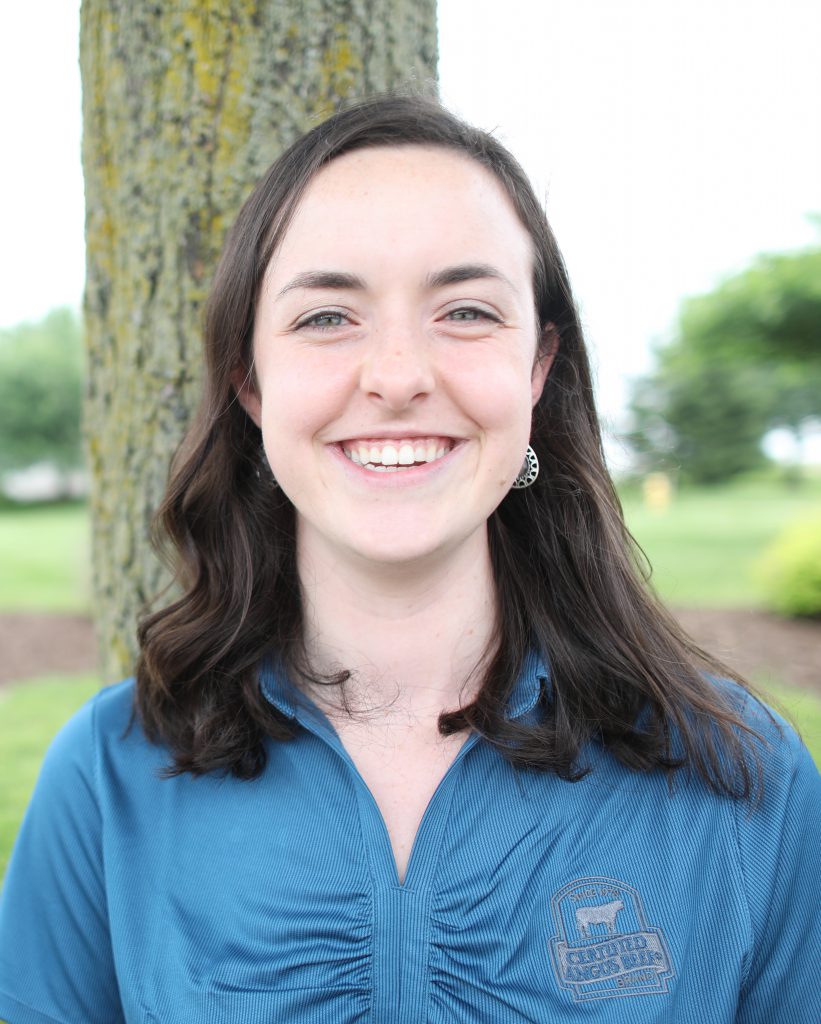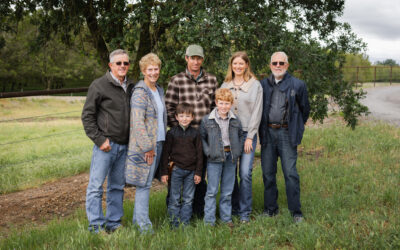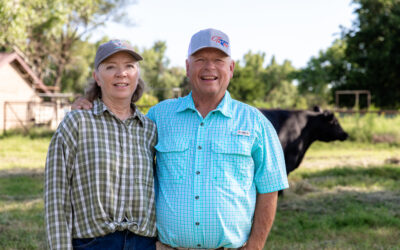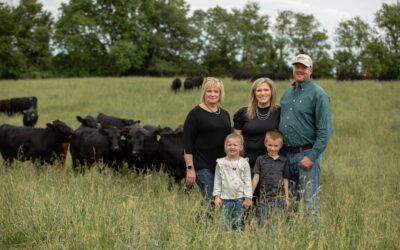Dreamers and doers
If you could have one wish, any wish, what would it be? More resources, greater assets, the best genetics or something else?
My recent time back in Kansas reminded me that everyone works with what they have. It’s fun to dream, but at the end of the day some factors won’t change overnight. Progress requires hard work, focused decisions and effective management.
Take, for instance, the Voran family near Kingman, Kan. Today, they make better breeding decisions and repeatedly finish with higher carcass merit using collected data.
Carol Voran was not involved in 4-H or FFA. Her formal education was to be an educator. Her husband, Dale, has emphasis with crops, not cattle. “So we basically came from zero,” Carol says.
When I hung a right onto their rural dirt road, their operation’s story was yet a mystery to me. I knew little more than what contest awards they won at Beef Empire Days in recent years, and that they had been recommended by neighbor and seedstock producer Gordon Stucky. As I sat with Carol and Dale in their kitchen, they told their tale.
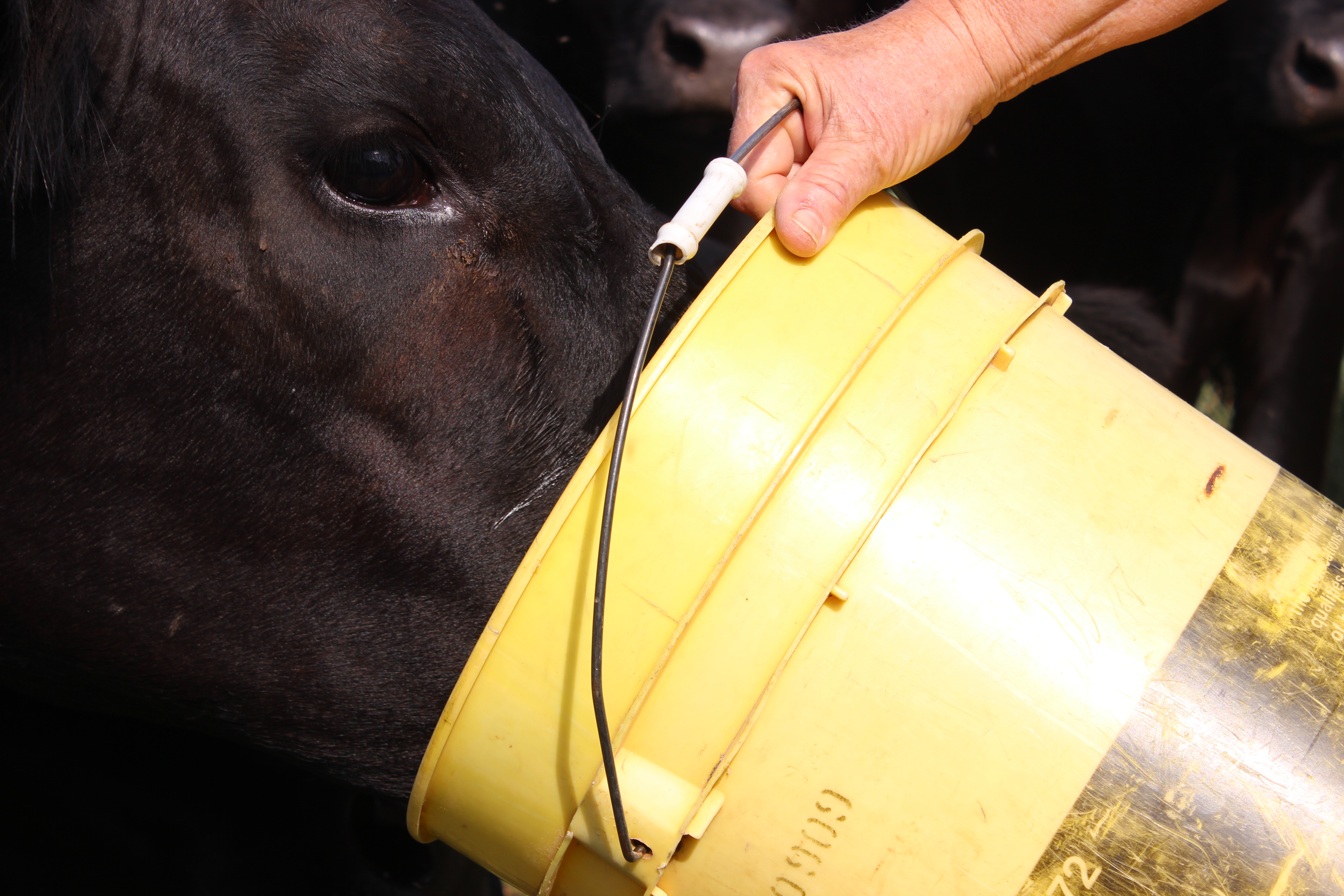
After starting a small cattle herd, they took a risk. Carol describes herself as the eternal optimist and Dale her eternal pessimist. They weighed both sides of the risk and decided to retain ownership of their cattle through the feedyard. Now they’ve seen results, collected data and made changes, continuing to build up their dreams.
There are days where a slower pace sounds appealing, but Carol says, “There’s trade-offs everywhere.”
“Wheat pasture may be cheap,” she says. “But I’ve been told time and time again that if they’re out on wheat pasture, it probably will reduce their ability to grade. So there’s trade-offs any way that you look at it.”
They’ve stood their ground and found ways to not compromise much on quality and still make a profit. And it’s taken time and their fair share of mistakes, they admit.
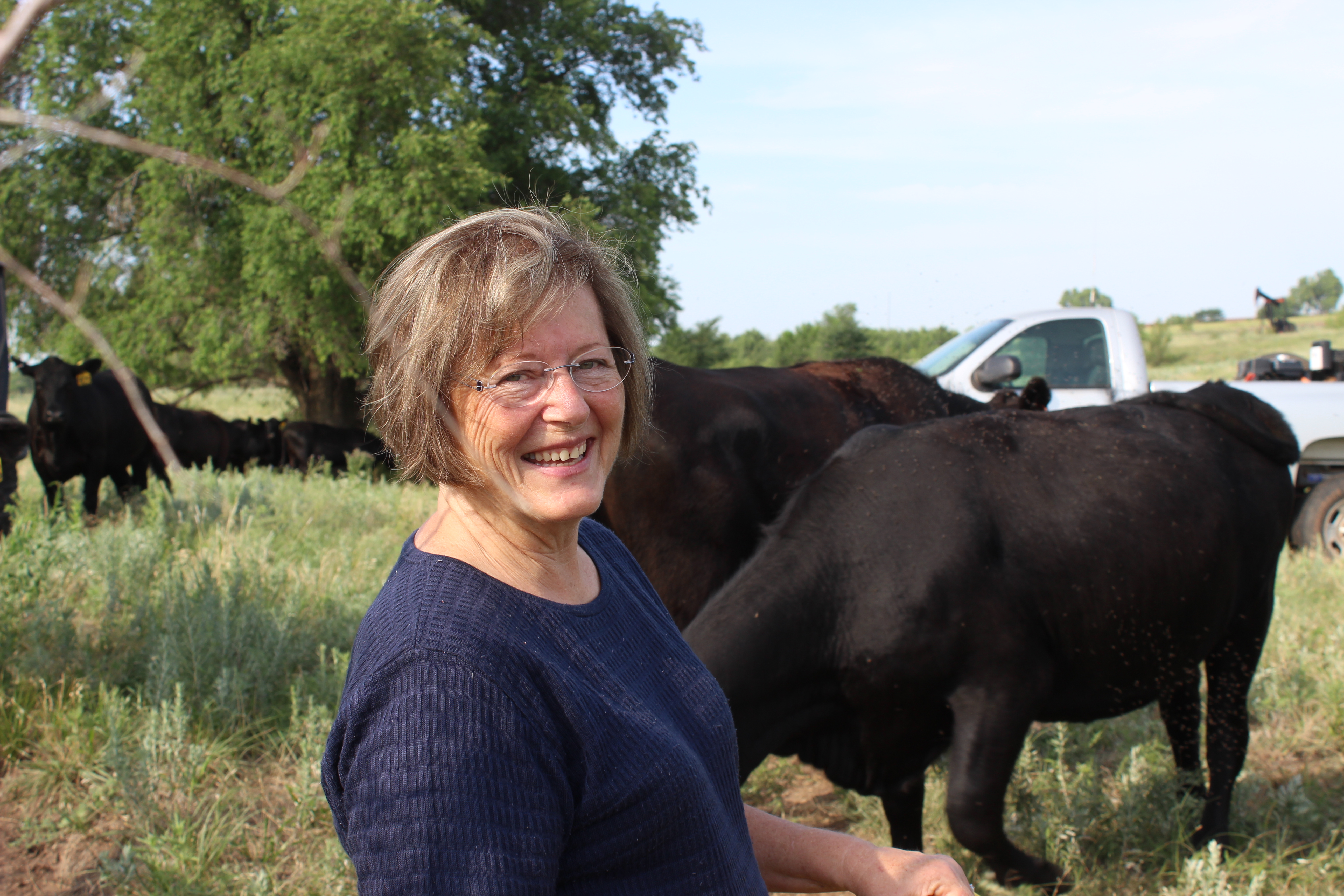
So what are their greatest tools for maintaining progress in the herd? They say a notebook and a pencil — low input recordkeeping tools. Excel might be tossed in as well.
Diligence over time pays into their operation. Of course, there are many other critical tools they use, but they say it’s important to not discount the basics. They still very much value time spent studying EPDs (expected progeny differences) and regularly reading articles about management or industry news. All contributed to where they stand today.
“I want to encourage other cow-calf operators to follow their cattle all the way and take advantage of the good practices that they’ve been implementing all along,” Carol says. “It’s possible.”
In review, dream a dream, but then go find the load-bearing factors in your operation — genetics, record keeping and feeding probably. Then strengthen them. Think about Carol’s advice. Producers who dot their i’s and cross their t’s can use a little to improve a lot, because no wish could replace the foundations of success with cattle.
For now, with a drought in the heartland, these ranchers will only wish for rain. They already know wishing won’t cover the rest.
Doing my best by beef,
Sarah
Watch for more about the Voran family in future editions of the Angus Journal and Angus Beef Bulletin.
Sarah Moyer interns at the headquarters office in Wooster, Ohio. The senior in ag communications at Kansas State University aims to improve her writing by sharing stories of high-quality beef producers, as they work to improve their herds.
You may also like
Legacy in the Golden Land
On a quiet stretch of Northern California rangeland, a different story unfolds. The Borror family’s legacy modestly speaks through the cattle they raise, the ground they steward. The generations who’ve made a life here demonstrate commitment to doing things right, even when no one is watching.
Helping Hands, Helping Herds
“When I die, I want to come back as one of your cows,” murmurs a friend to Steve Zybach. Full to the brim from an alfalfa ration every day, bountiful fields of lovegrass stretched out across the Texas Panhandle—and owners who leave no ounce of cattle care up for question. The Zybachs’ motivation for this level of dedication to their Angus cattle is simply love.
An Ambassador for All
Joanie, with daughter Lindsey and her husband, Adam Hall, raise registered Angus cattle with two primary goals: producing high-quality seedstock that perform well in a wide variety of environments and ensuring end-user satisfaction. Those goals tie everything together, from promoting Angus to other producers to sharing their story with CAB partners and beef consumers.

